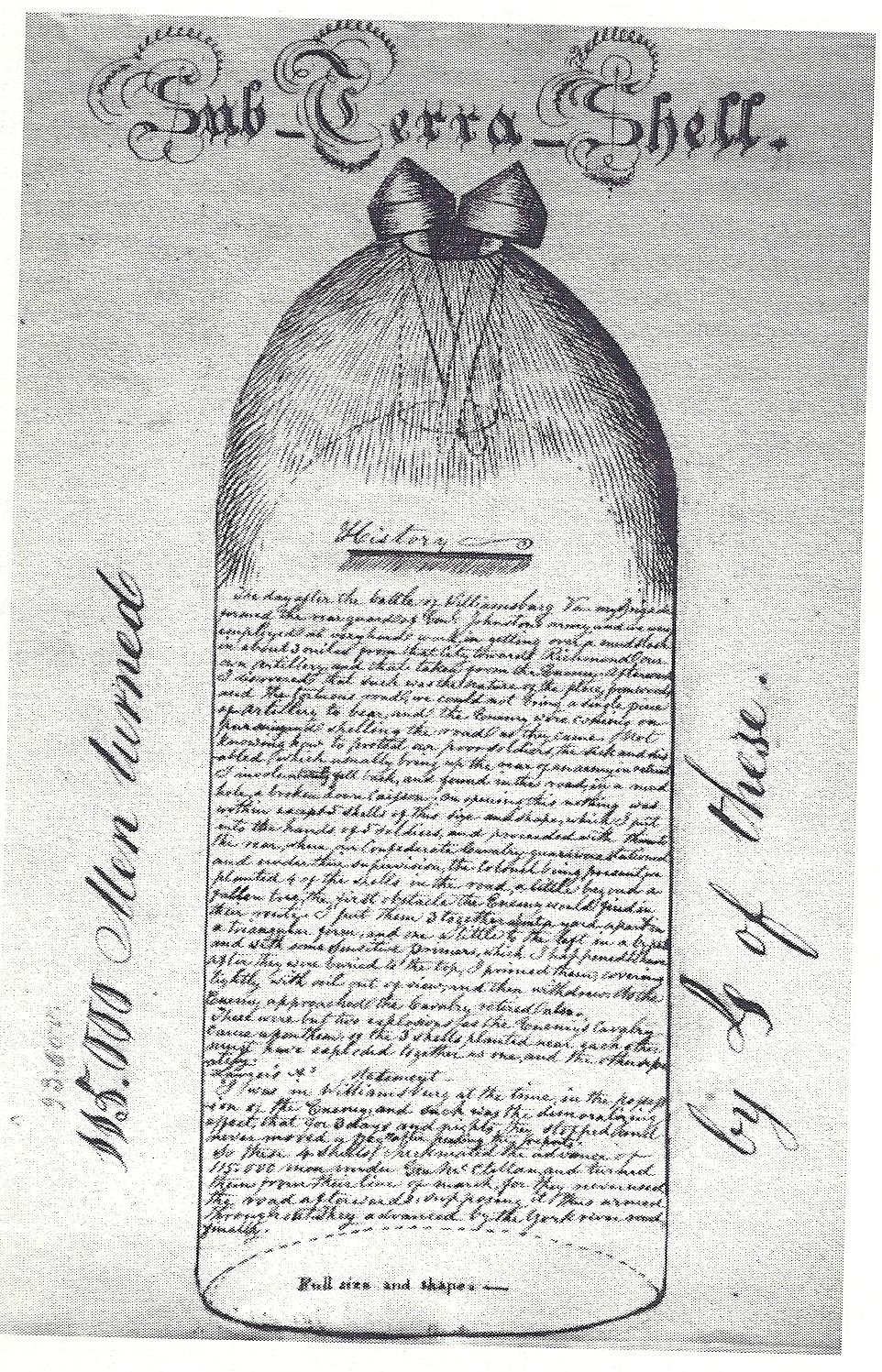Strange things occurred in the late 1800s It was a time when the recent development of dynamite and other explosives coupled with the not unrelated fevers of Irish nationalism and anarchy became ever more febrile. The Irish Republican Brotherhood joined the mix of fashionable secret societies and gained a significant following in the US where it became the “Fenian Brotherhood” and “Clan na Gael”. Large quantities of arms were acquired and the Fenians even organized raids into Canada from the USA with the US government curiously ignoring their efforts initially probably because of antipathy towards the UK for its less than fulsome support for the Union during the Civil War.
In the 1880s a new face appeared on the scene, calling himself “Professor Gaspodin Mezzeroff”. Claiming a Russian background he portrayed himself as a scientist/chemist and explosives expert imbued with the experience of Russian nihilism… but one who embraced the Irish republican cause. He lectured extensively at public meetings, raising money and advocating the use of dynamite by terrorists to further the political cause of the Irish republicans.
O’Donovan Rossa, a key Irish republican activist and leader, advertised courses in IED manufacture, (for $30) taught by Mezzeroff, and Mezzeroff’s meeings were widely reported in the press of the time. Certainly he came to the attention of the British and their nascent “Special Irish Bureau” of the London Metropolitan Police.
Mezzeroff was decribed as “ a tall, sharp-faced man with curly hair arranged around his pate and a ‘grizzly moustache’, Habitual wearing of black clothes and steely spectacles rounded off the sinister effect of a character straight out of Dostoevsky or Conrad. His origins were mysterious, although he had the accents of an Irishman. At a public meeting in 1885 in New York to pronounce the death penalty on the Prince of Wales, Mezzeroff was introduced as “ England’s invisible enemy” and he dared the US congress to make laws preventing Irishmen from using dynamite in England – an act recently suggested by General Abbott of the US Army Engineers .
Mezzeroff issued pamphlets with IED designs and certainly IEDs constructed in the US were shipped clandestinely into England, and used in a number of attacks. An amusingly skeptical, indeed hilarious report of one of Mezzeroffs meetings from the New York Times is worth reading, here
Mezzeroff’s IED designs are curious and worthy of examination, perhaps in a future blog. One included an exploding cigar and indeed I have a contemporaneous photo of such a device from the Scotland Yard museum that I found in a book published in 1902.
Mezzeroff published a letter in an anarchist pamphlet “The alarm” stating:
“and I won’t stop until every workingman in Europe knows how to use explosives against autocratic government and grasping monopolies.“
He claimed to always carry an IED:
“I take it through the street in my pocket; I carry it about in horse cars – if you carry two or three pounds (of nitro-glycerine) with you people will respect you much more than if you carried a pistol.”
As it happens, Mezzeroff was a pseudonym. It was an elderly New Yorker ,a gentleman called Richard Rogers by some sources or “Wilson” by other sources, who by day ran a liquor shop in New York. Another pseudonym was “Dr Hodges”.
Mezzeroff ran a bomb making school in the Greenpoint area of Brooklyn and a number of his graduates went on to short if partially successful IED planting campaigns in the UK. By 1886 however the public interest in such things waned, especially with the implication of an IED causing the events that led to Chicago’s “Haymarket massacre”. It is clear too that the US government became much less tolerant of these exhortations to violence.
As for Mezzeroff, he disappeared from view, probably returning to his real name (whatever that was) and liquor selling shop.
I should also note that there is a fascinating side story about British intelligence operations in the USA against the Fenian bomb makers – numerous paid informers, secret agents, “dirty tricks”, intercepted IEDs and sting operations – a real “defeat the network” campaign and including a report from the Pinkertons agency describing how, when operating undercover on behalf of the British consul-general in New York, they were shown a number of IEDs made by a Patrick Crowe of Peoria, Illinois. More on this to come.

